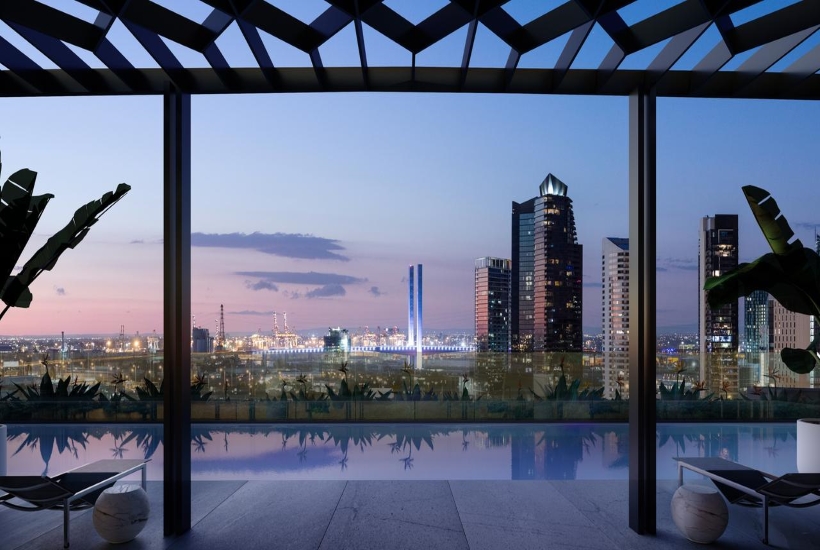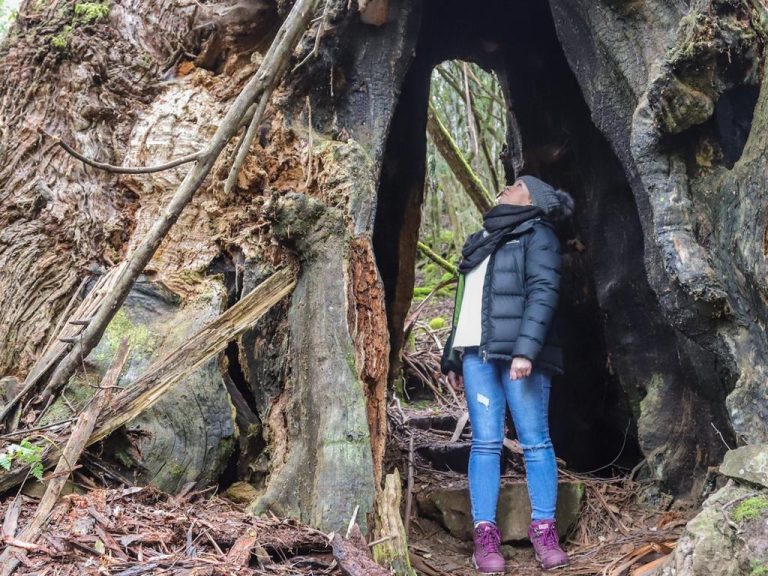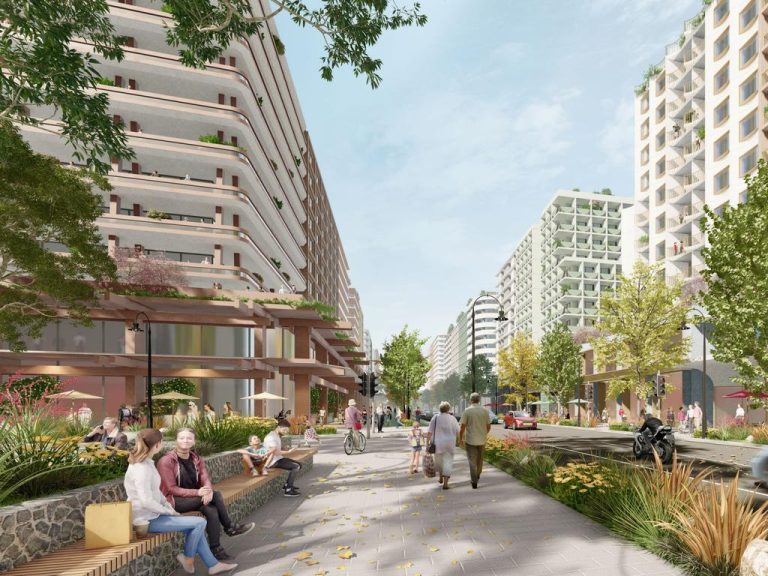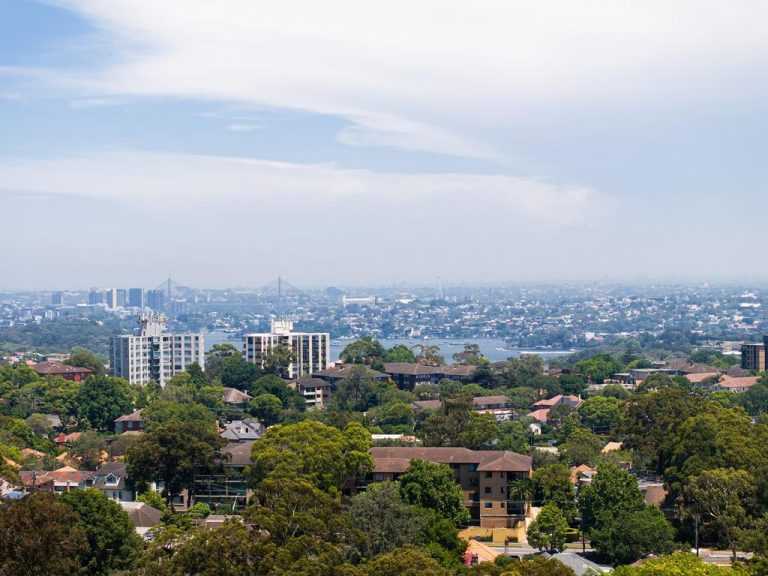US build-to-rent specialist Greystar buys major site in Melbourne

US build-to-rent specialist Greystar has swooped on a major site in Melbourne that can accommodate more than 700 units, with the acquisition signalling the sector will keep firing even as developers struggle to sell apartments.
Build-to-rent is being promoted as a means of keeping the development industry ticking over while apartments are hit by the coronavirus crisis and also as a longer-term way of housing a generation of renters.
Big institutions, including GIC, which is backing Grocon’s Home brand, and the Clean Energy Finance Corporation, which is backing Mirvac’s Australian Build-to-Rent Club, are moving to get a foothold.
In the latest play, Greystar has picked up a South Melbourne site from Singaporean developer Chip Eng Seng for $65 million.
The vendor had held it for four years and planned three towers comprising more than 700 residential units.
But construction works have not yet commenced, and the property at 15-55 and 85 Gladstone Street was sold to Greystar with vacant possession.
The Singaporean company said it would redeploy its capital to pursue opportunities that could generate better returns, taking into account the impact of the COVID-19 pandemic on real estate in Melbourne.
Chip Eng Seng said it had been steadily increasing its portfolio in Australia, including the acquisition in 2018 of a Pirie Street property in Adelaide for redevelopment into a Hyatt Regency Hotel.
Greystar earlier this year bought two office buildings in the inner Melbourne suburb of South Yarra for redevelopment into projects aimed at institutionalising rental housing supply.
The firm sees the Australian rental housing market as notable for its lack of purpose-built, professionally managed products, as renter demand has primarily been met by private owners of build-to-sell units.
Greystar and rival North American groups including private equity firm Blackstone, specialist Sentinel Real Estate Corporation and diversified Oxford Properties Group have moved into the nascent Australian market.
Sentinel is involved with three projects in Perth and Oxford Properties has projects in Sydney and Melbourne, giving it a build-to-rent pipeline in Australia of about 1000 units. Blackstone is backing a project in the Melbourne suburb of Caulfield.
They are partly capitalising on the retreat in offshore buyer demand and financing challenges for apartment developers who are now under pressure to sell stock.
Greystar plans to develop office space and more than 500 rental units at the South Yarra properties and is likely to follow suit in South Melbourne.
Chris Key, managing director for Greystar in Australia, has emphasised that the new entrants want to bring better service and amenity to renting as well as providing longer tenure.
“Institutional rental housing can help to solve this issue and provide the housing security that people need. We are committed to the opportunity to establish a new institutional asset class in this country, by creating purpose-built, professionally managed rental housing and providing better housing outcomes overall,” he said.
Local players are also betting on the sector.
Real estate fund manager Qualitas and high-profile developer Tim Gurner this month unveiled a partnership to enter the multi-family housing sector and launch of capital raising for a dedicated fund.
The vehicle has an initial pipeline of three seed projects with total value of over $1 billion in prime inner Melbourne locations, with building kicking off early next year.
An analysis of the sector by real estate firm JLL shows that at a city level, Melbourne has had the strongest growth of build to rent units, accounting for 68% of the pipeline with Sydney is at 21%. JLL expects 7,000 units to be completed by 2024.
JLL director of alternative investments David Hill said the availability of scalable sites in Melbourne contributed to the weight of the development pipeline but he also pointed to the influence of tax schemes.
“Sydney remains highly competitive for sites. However, we expect the pipeline to build in response to the tax measures announced by the NSW government which will make BTR development and investment within the state more viable,” he said.
This article originally appeared on www.theaustralian.com.au/property.







